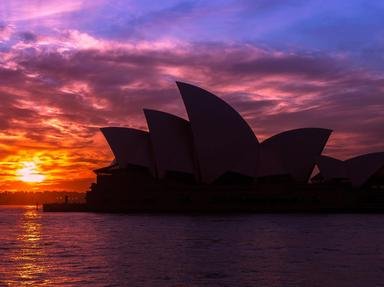4. In many quarters it has been said that Australia was made "on the backs of sheep" and, in a number of respects this is true. On the backs of which breed of sheep did Australia establish a strong wool industry and an indelible reputation?
From Quiz From Ashes to Agriculture
Answer:
Merino
Australia is the largest wool producing nation in the world and the strength and reputation of its industry can be attributed to the work and foresight of John and Elizabeth Macarthur who purchased their first flock of Spanish merino sheep in 1796. Previously the fibre being produced by Australian sheep had been very coarse and of low quality. The Macarthurs were very impressed with the thick, fine, fleece that the merinos could produce, and the bonus was that they were able to adapt to and thrive in Australia's hot conditions. The best move that they made was to refuse to crossbreed these merinos, a practice other farmers happily engaged in. The advantage they gained in doing so arrived with the Napoleonic Wars in the early 1800s and with it came a skyrocketing demand for wool. The high quality of wool that John & Elizabeth produced fetched a premium price and made them extremely wealthy. Nowadays there are four basic strains of merino raised in Australia, the Peppin being the most important, the South Australian, the Saxon and, though their numbers have now reduced significantly, the Spanish merino. Breeding and selection continue to be the foundations of Australian merino and, to this end, DNA testing, embryo transfers and artificial insemination are now standard procedures for Australian breeders.












 Quick Question
Quick Question

